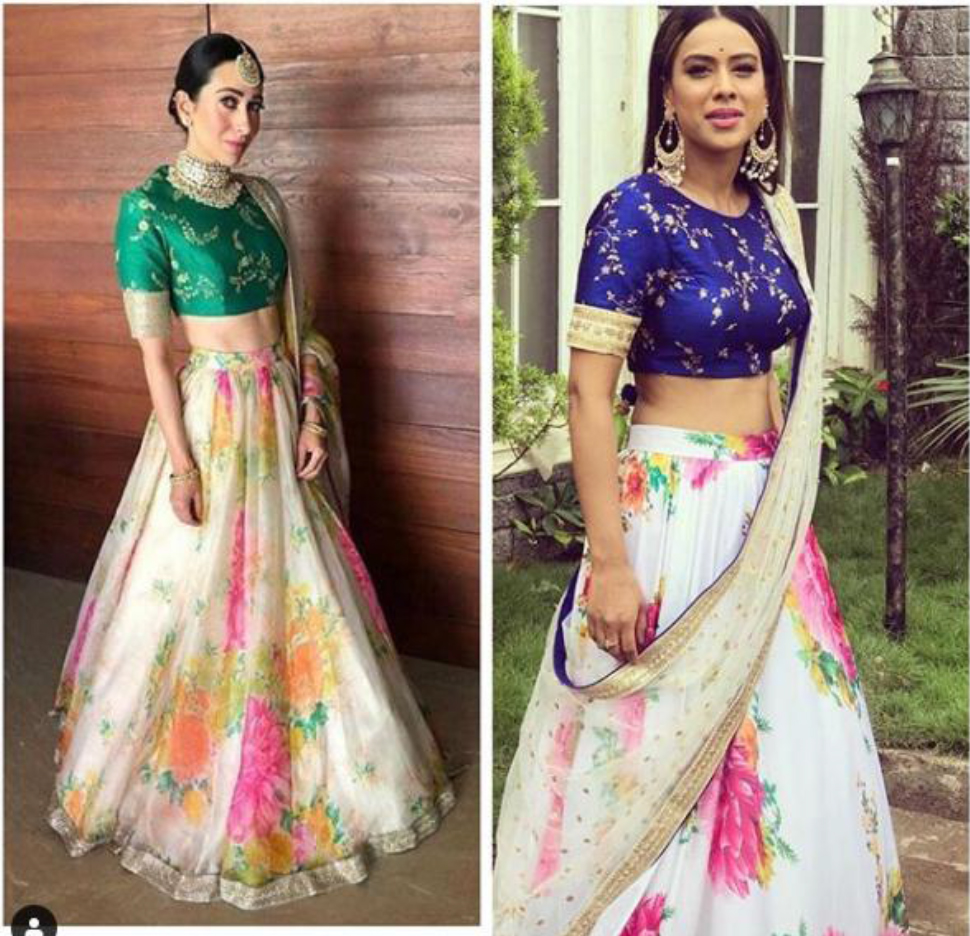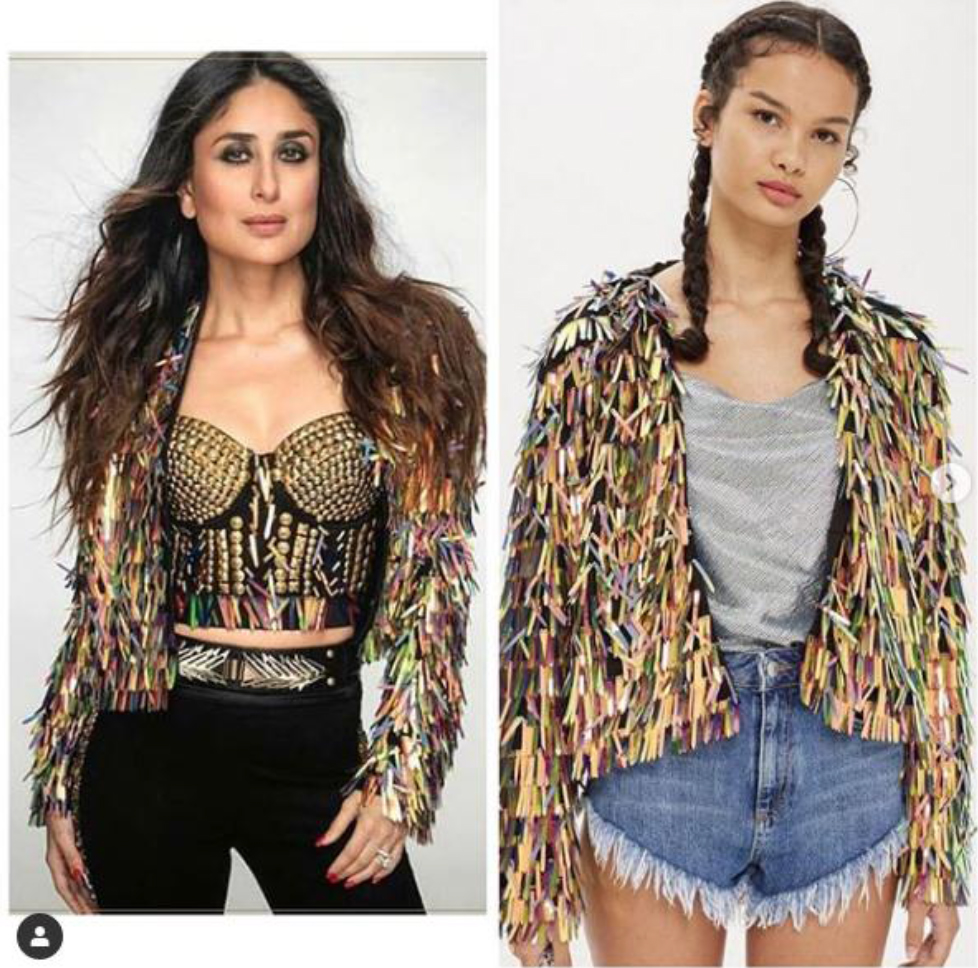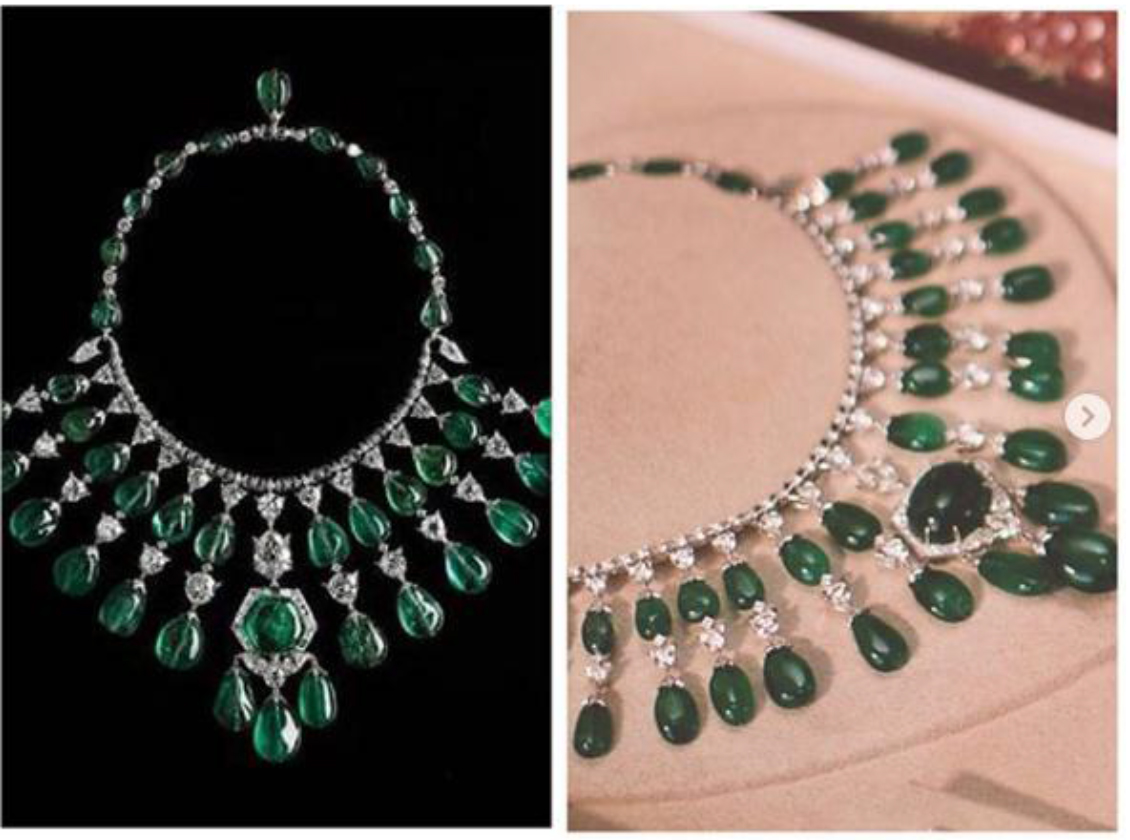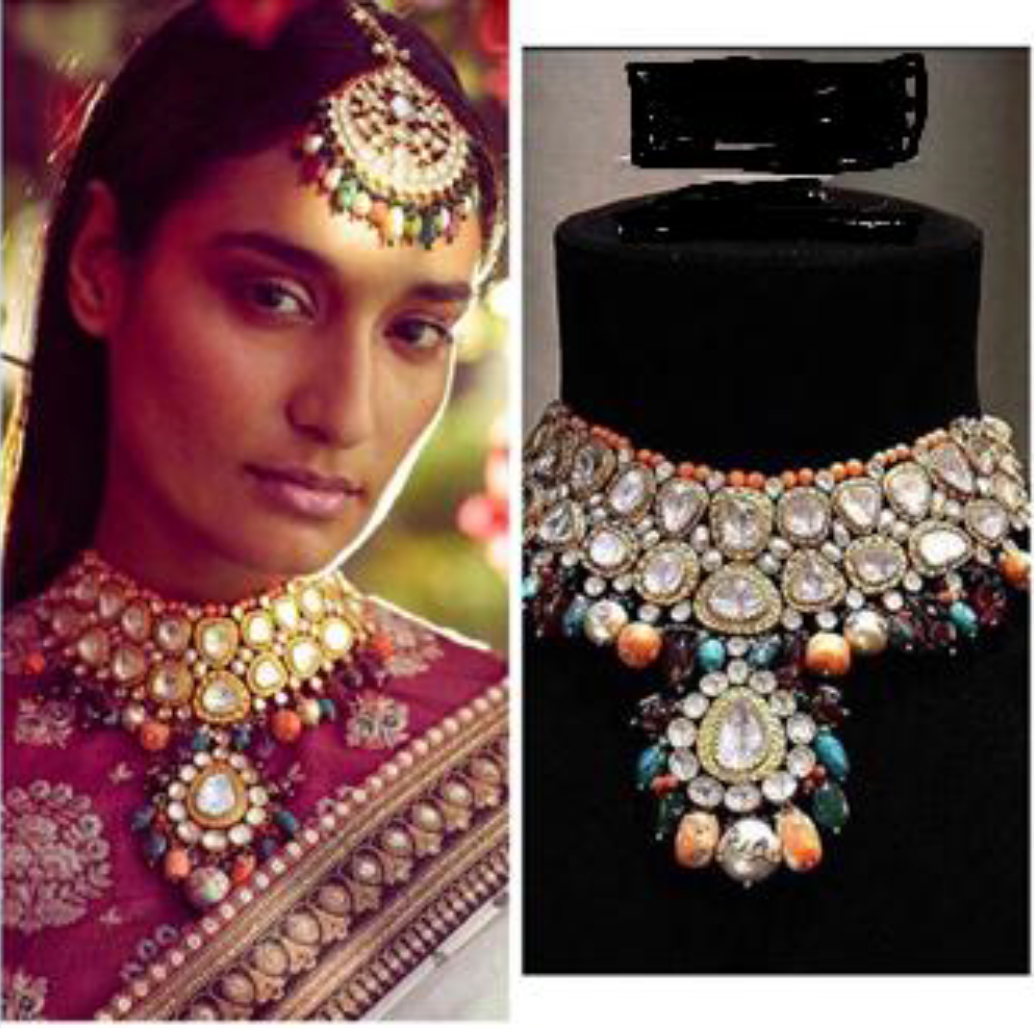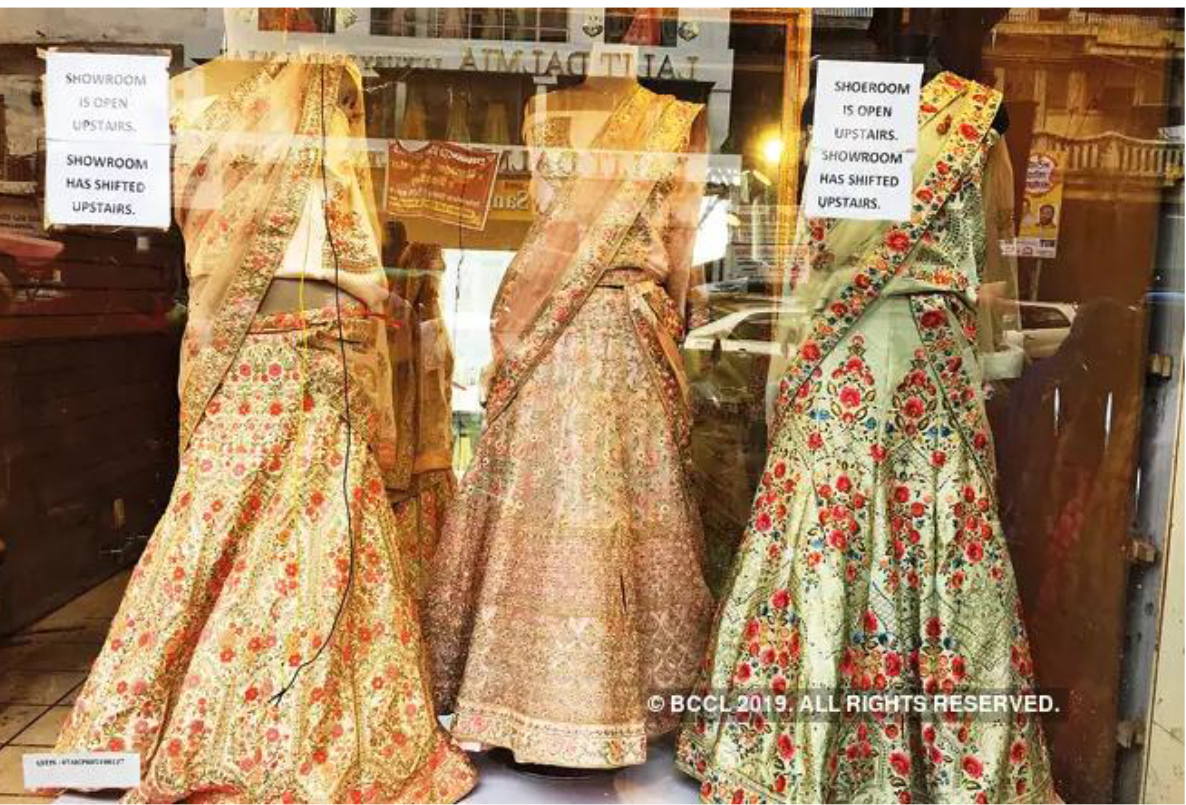"Fashion Industry‟ a term which instantly floods our minds with images of Fashion shows, the ramp walk, unique styles, glamour, peppy music and much more! Undoubtedly, with globalization leading to an exchange of cultures and ideas, fashion has become an integral part of our lives, right from Office styles to Haute Couture. Every fashion show is 90% of the times based on a theme/era/concept/season/culture and the like. India being a goldmine of culture and diversity continues to be an inspiration for the fashion industry. The Indian Textile & Apparel Industry accounts for nearly 4% of the total global T&A Market. Global brands such as Vogue, Christian Louboutin, L‟Oreal, have thrived through overseas collaborations with top designers such as Sabyasachi Mukherjee, Rohit Bal and many more. These designers including a plethora of others, one thing in common: their unique creativity and style. Intellectual Property always stresses upon a right which protects the outcome of a person‟s intellect.
When we talk about protection of design on garments, let us bi-furcate them into two:
1. Industrially produced clothing and designs which are industrially applied by brands such as AND, Vero Moda, ONLY, Van Heusen, Park Avenue, H&M, ZARA, Chemistry, etc. on fabric;
2. Handmade and customized Haute Couture garments
The industrially manufactured clothing and printed fabrics can be protected under the Designs Act, 2000, since the designs launched by the brands are industrially applied on the fabric and they are manufactured in more than 50 units (S. 15(2) of the Copyright Act, 1957).
With respect to the second kind, that is haute couture, the only protection offered is under S.13 (1)(a) of the Copyright Act, 1957, which includes „Artistic work‟. The definition of „Artistic work‟ under S. 2(c) includes „artistic craftsmanship‟ under S. 2(c)(iii) of the Act. In law therefore they are „Artistic works‟ protected by Copyright i.e. the designers alone have the right to reproduce or copy and no one other than the designer itself has the right/license to reproduce the work without the consent of the designer. Most of the people are unaware that unscrupulous imitation of works protected by copyright is a criminal offence and attracts a jail term of a minimum of 6 months and may extend to three years with a fine of Rs. 50,000 which may extend to Rs.2 Lakhs.
The biggest challenge faced by the designers of both the first & the second kind is what is popularly known as first copy/true copy or knock offs. The brunt of these copies is faced by the designers and NOT the consumers, since these copies are not made in an attempt to pass off the design as an original but to produce a „near original‟ and sell it at low cost! The consumer is aware that she is buying a knock-off and opts for it because of the significant difference in cost. Thus, the law required is not to protect the consumers but instead to protect the creators of the work. It is imperative to understand the difference between a counterfeit product and a true copy/first copy/knock off. The former is manufactured to deceive the unwary consumers in an attempt to sell it as an original at the same or lower prices, whereas in the latter case, the products are sold at relatively low prices in an attempt to make an „intellectually created work‟ available at low cost.
Why is it so important for a Designer to be protected so extensively? Well, can you imagine the predicament of a lady who has spent a fortune to have an exclusive, customized, hand stitched outfit made for her, when she spots another woman in a cheap knock off at the same event?
“In order to be irreplaceable, one must always be different”
-Coco Channel
The saying turned out to create a lot of trouble for our designers.
The prominent judgment of Rajesh Masrani vs Tahiliani Design Pvt. Ltd., FAO (OS) No.393/2008, brought to light India‟s first full-fledged battle on knock-offs. The entity Rajesh Masrani had created a knock off of Tarun Tahiliani‟s work titled KMJ from its Autumn-Winter 2006 Collection which comprised of a grey-black print on a white background, which uses floral and paisley motifs that are suggestive of Mughal inspiration. The Court held that “uniqueness not only in conceptualization but also in creation and presentation are sine qua non of haute couture.”
In 2018, the eminent designer Sabyasachi Mukherjee was awarded the National Intellectual Property Award 2018 in the field of designs and commercialization for holding the copyright on 700+ of his designs. His design house was the first to receive the award. In an interview he expressed, “It is expensive to register every single design, but it helps us to break the notion that the fashion industry is frivolous and doesn’t understand such complexities.”
Sabyasachi however continues to face the brunt of knock offs in the market. Here are a few images from a page called „@dietsabya‟ on Instagram which exposes designers/local vendors who are ripping others‟ work off.
Karishma Kapoor flaunts her Sabyasachi lehnga on the left, whereas the knock off is on the right, Close enough?
Kareena Kapoor Khan flaunts her sequin jacket designed by Manish Malhotra on the left which approximately costs USD 110 (approx. INR 8,000), as opposed to a first copy available for most likely Rs. 1000 or less.
Surprisingly, the knock offs are not only restricted to clothes, but also jewellery, check this out:
On the left, is the original Sabyasachi jewellery and on the right is the first copy launched.
Again a Sabyasachi original on the left and well on the right…..
When talking of knock offs, how can we forget the Chandni Chowk and Sarojini markets of Delhi and the Linking Road and Mulji Jetha markets of Mumbai! As reported by TOI on September 13, 2018, a small shop at Chandni Chowk had put up a large poster displaying Anushka Sharma and Virat Kohli in their wedding couture, to enable customers to compare the Sabyasachi lehenga with the copies available at the store in an attempt to flaunt its specialization in copying. Sonam Kapoor‟s sangeet lehenga designed by Abu Jani and Sandeep Khosla has had the same fate.
Replicas of Anushka Sharma’s wedding lehengas displayed at a shop in Chandni Chowk, Delhi
(We claim no copyrights on the above picture and the copyrights are reserved with BCCL only)
The original price of Anushka‟s lehenga ranged between Rs.7-8 Lakhs, whereas the knock offs are being sold at the following rates (approx.): First copy – Rs.70,000-80,000; Second Copy – Rs.35,000-40,000; whereas the third copy at Rs.12,000-17,000. In case you believe that these knock-offs are being sold to only Indian brides-to-be, well that‟s not true, these knock-offs are in demand world over by the Indians world over.
The Indian Law: The Copyright law in India does not mandate registration. However, it is important to understand that, when a designer comes up with a collection, there are months of sweat and blood involved in creating the collection, with detailing of each aspect right from the fabric to the colour, the texture and the embroidery and other embellishments involved is minutely scrutinized and when such a design is imitated in hours of it being released it just proves how unfair the world is.
You may wonder why don‟t the “wounded” designers file a case? Well, filing a case is only the first step, but until the fate of the case is decided, it may take months, maybe even years for it to conclude. Further, is it possible to really stop this clandestine trade? Isn‟t some duty cast upon the buyers who demand these knock-offs at lower prices? Also, is it a pragmatic approach for a designer to file a suit against all the traders after every collection is launched?
In order for society to be free from the evils of Intellectual Property Violation, we ourselves have to take the first step by opting to buy only „original‟ products that we can afford!
*Please note, we claim no copyright over any of the images used in this article. The same have been used for educational purposes only and to bring about awareness amongst the readers
